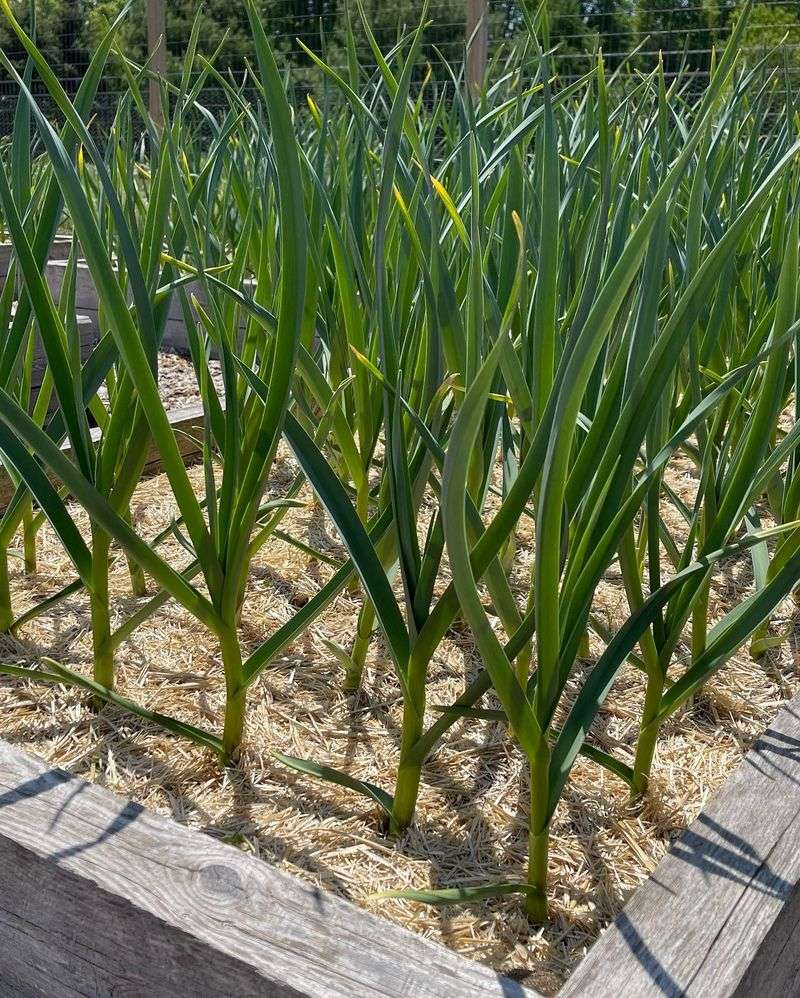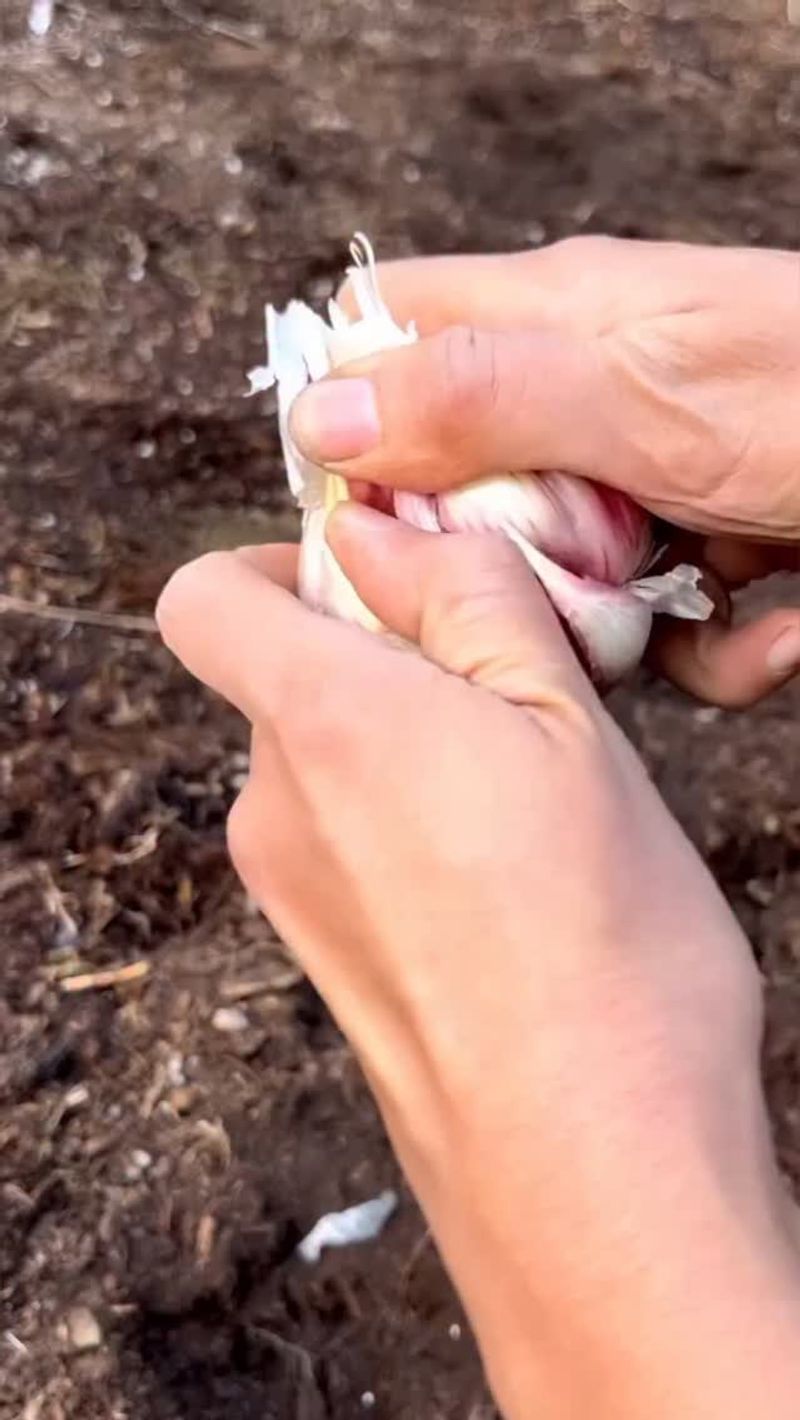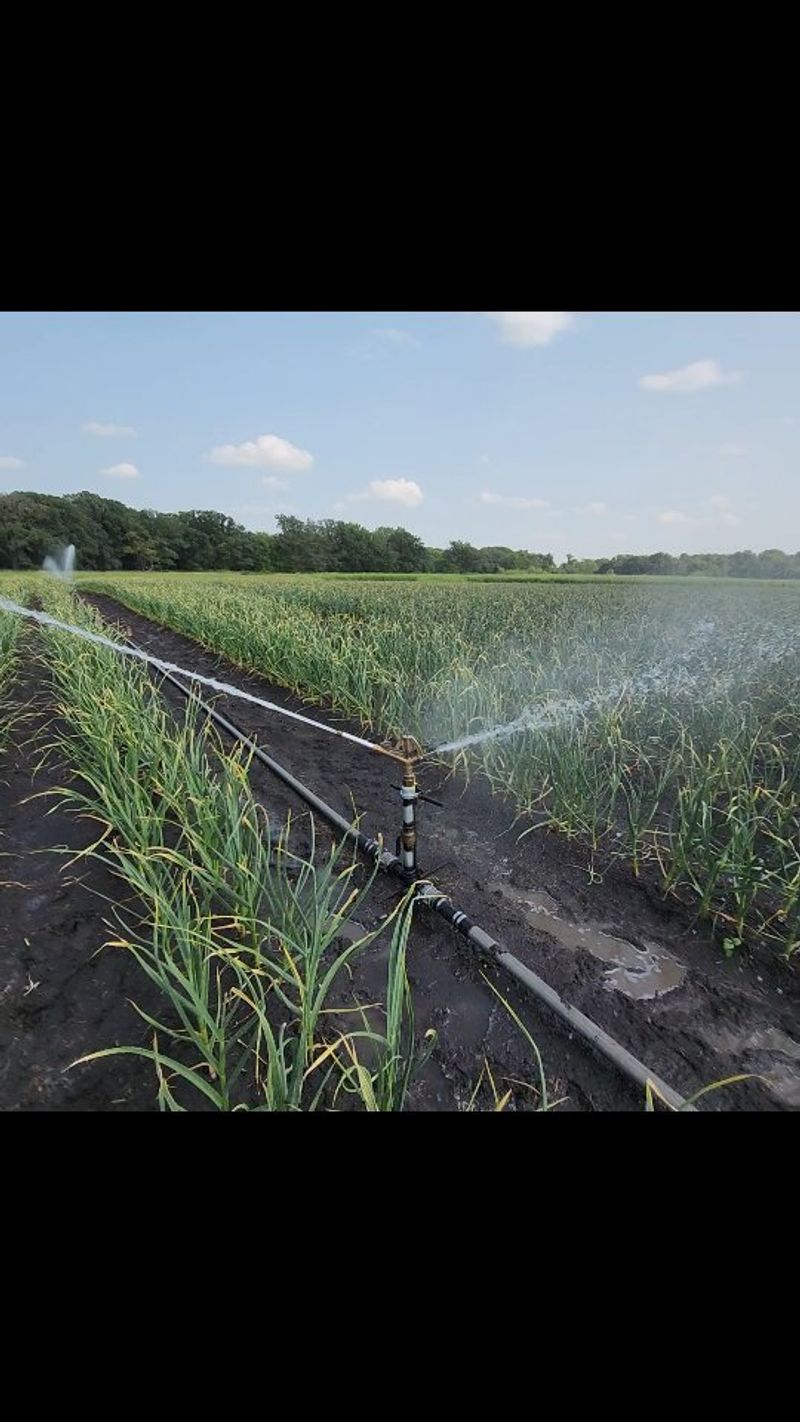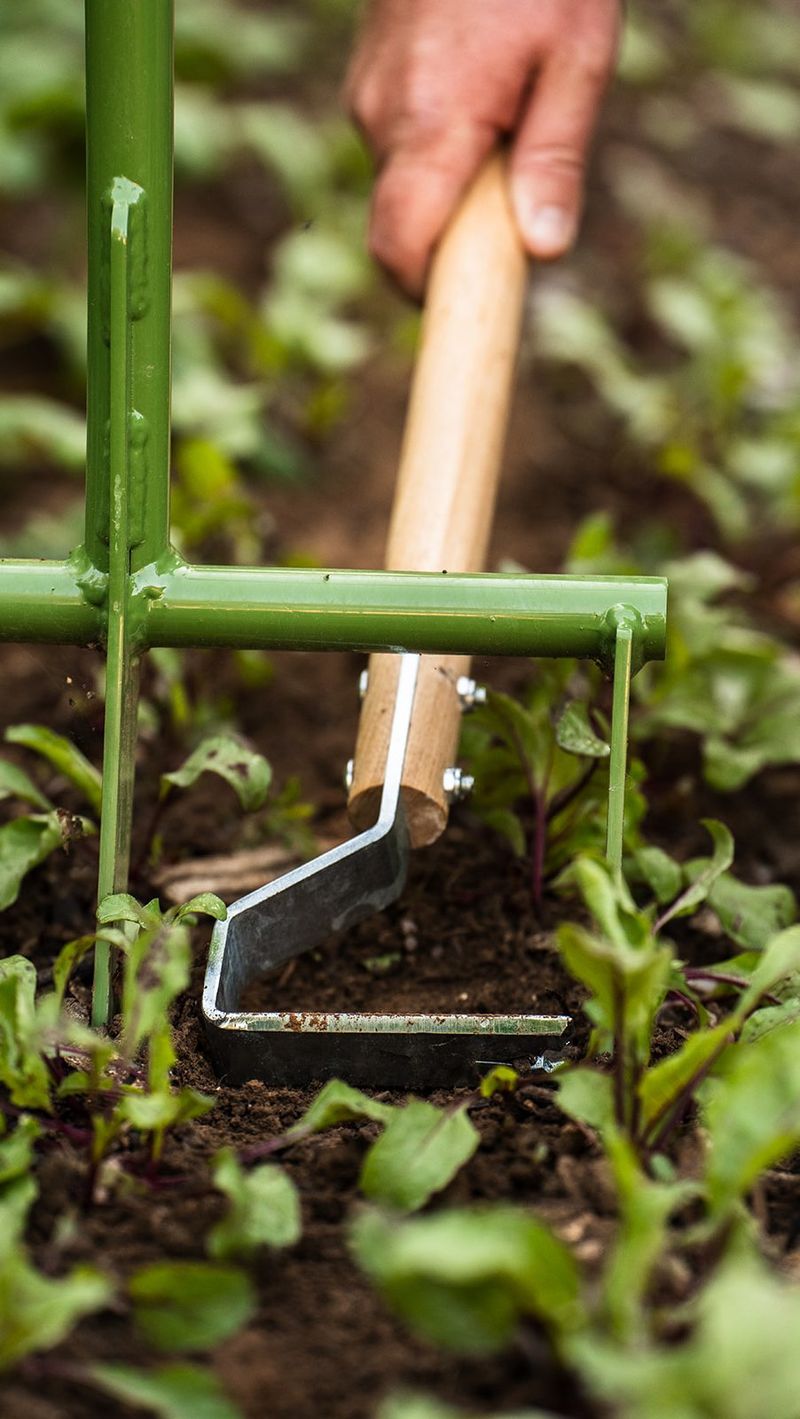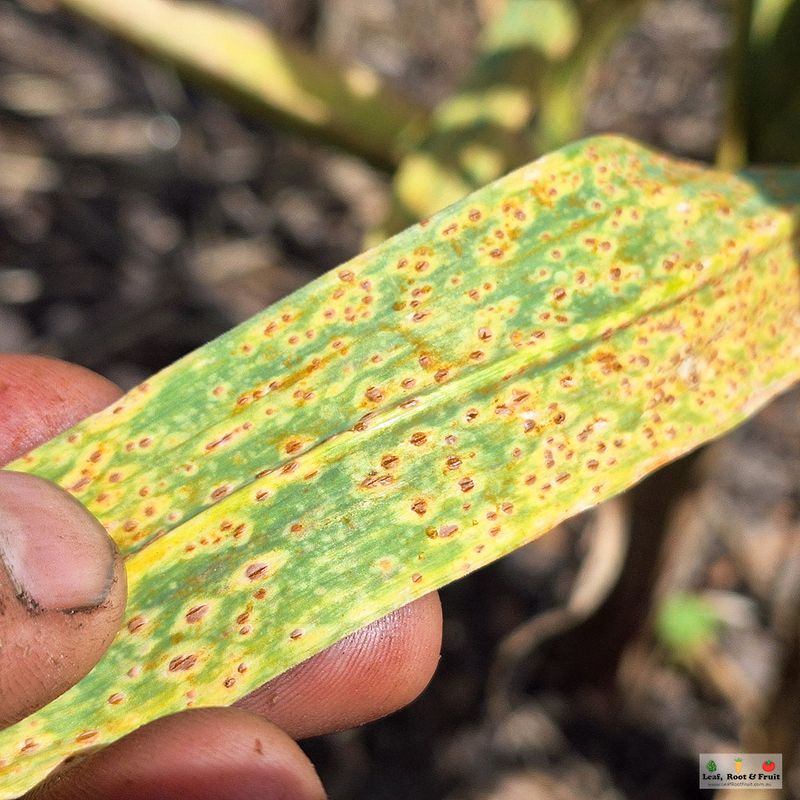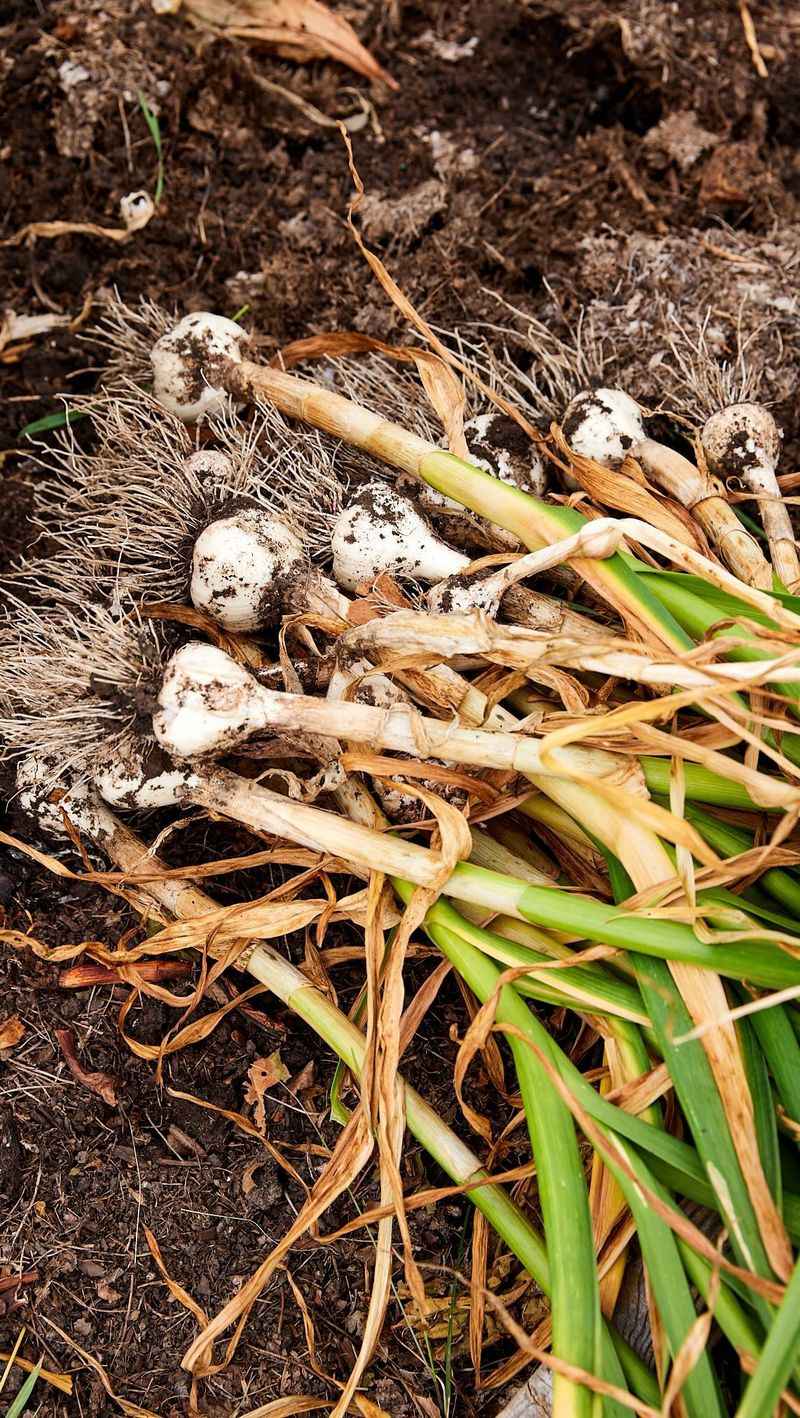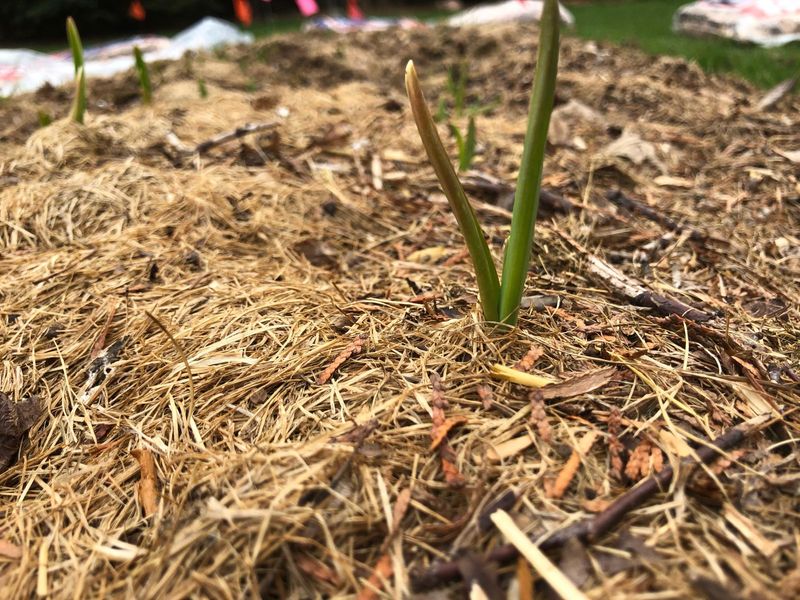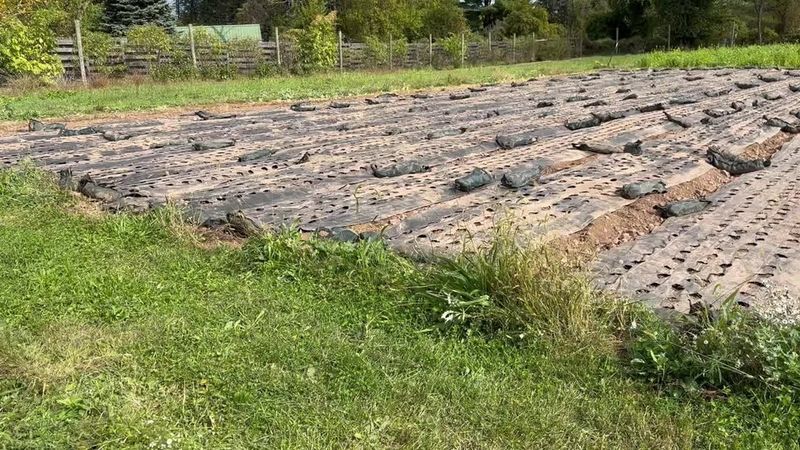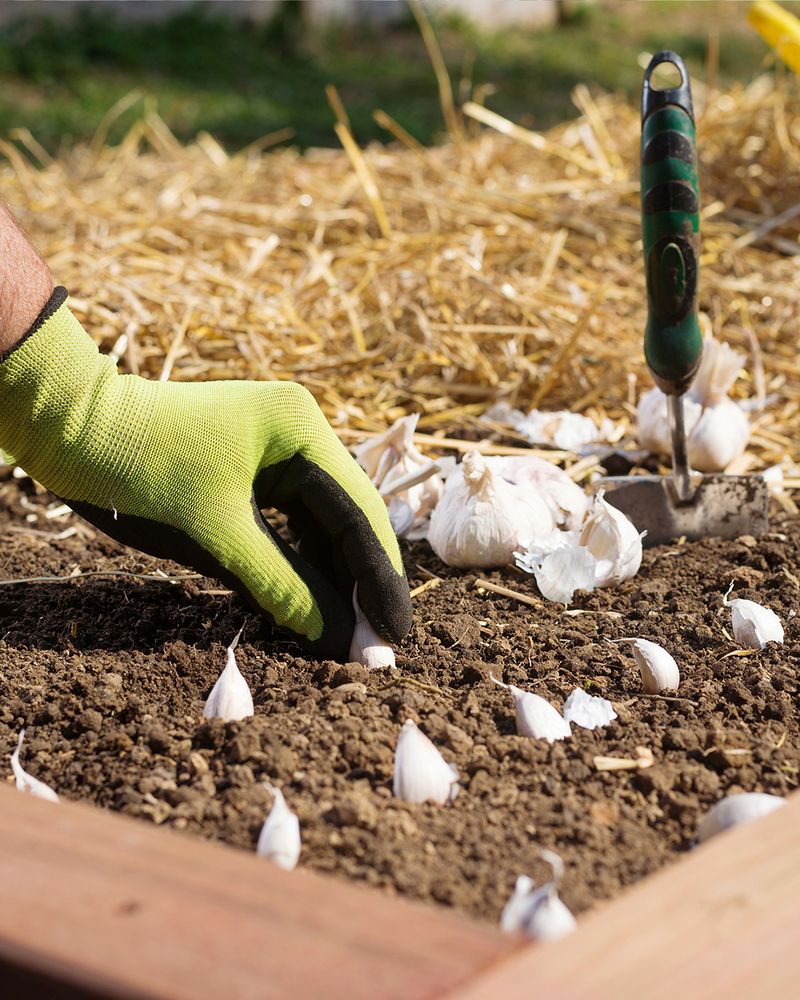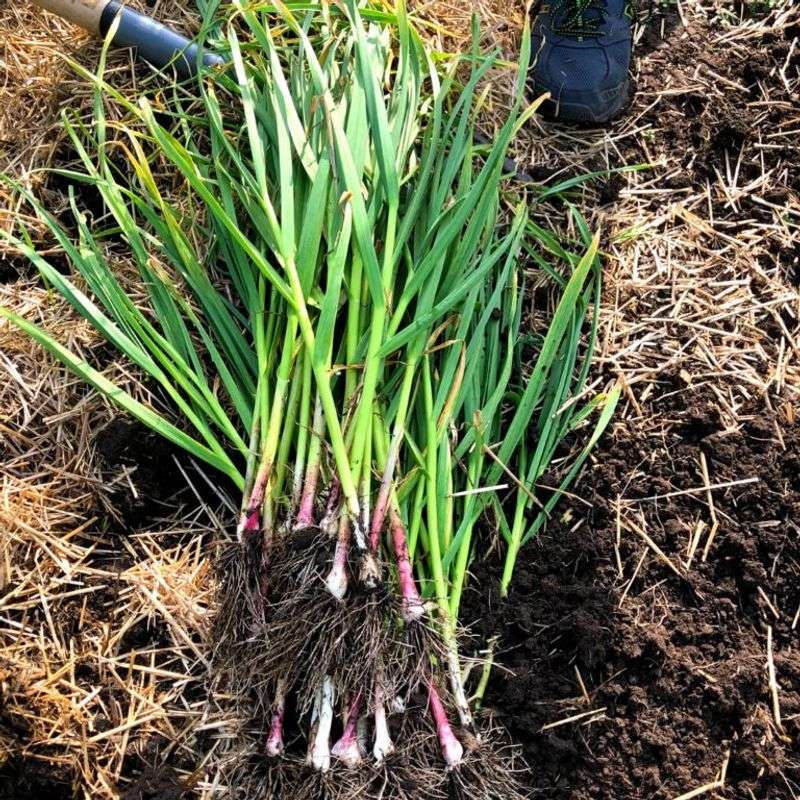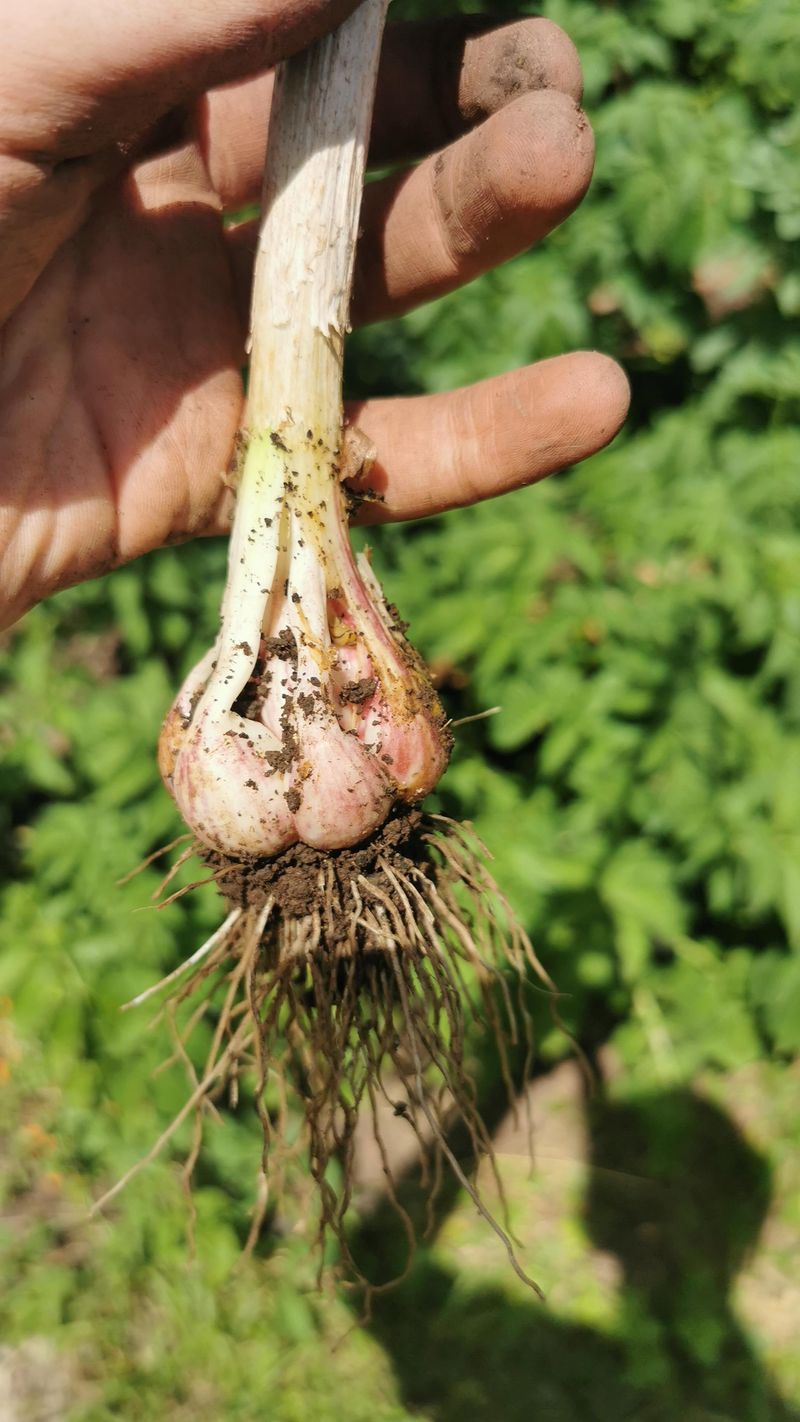Growing garlic can be a fun and rewarding experience, but sometimes you end up with disappointingly small bulbs. Understanding what causes this issue is crucial for achieving a bountiful harvest. With the right knowledge, you can ensure larger, healthier garlic bulbs. Let’s explore some interesting reasons why your garlic might be underperforming.
1. Inadequate Sunlight
Garlic loves the sun. Without six to eight hours of sunlight a day, its growth can be stunted. If your garlic is growing in a shady area, try relocating it to a sunnier spot.
With more sun, your plants can photosynthesize better, resulting in bigger bulbs. Consider observing your garden throughout the day to ensure your garlic gets the sun it needs.
A simple change in location might just be the solution to your small garlic bulbs.
2. Poor Soil Quality
Soil matters greatly when growing garlic. It thrives in well-drained, fertile soil. Poor soil quality, lacking in essential nutrients, can severely limit bulb size.
To improve your soil, consider adding organic matter like compost. This not only enriches the soil but also improves its structure. Regular soil tests can help you understand what your garlic needs.
Enhancing soil quality is a surefire way to encourage larger garlic bulbs.
3. Overcrowding
Space is crucial for garlic to grow well. Planting bulbs too close together limits their access to nutrients and sunlight. This results in smaller bulbs, as they compete for resources.
Ensure each garlic bulb has enough space, ideally four to six inches apart. Proper spacing allows them to flourish, resulting in healthier plants and bigger bulbs.
Adjusting your planting technique could make a noticeable difference.
4. Wrong Planting Depth
Planting depth can make or break garlic growth. Bulbs planted too deep may struggle to emerge, while those too shallow risk exposure to the elements.
Aim for about two inches deep for optimal growth. Experiment with different depths if you’re unsure. Getting the planting depth right can lead to more robust, larger bulbs.
A little adjustment can yield great rewards in your garlic garden.
5. Watering Issues
Watering is a balancing act. Too much water can lead to rot, while too little stunts growth. Aim for consistent moisture without drenching the soil.
Proper drainage is vital to prevent water from pooling. Observing your plants will guide you in adjusting your watering schedule.
Addressing watering issues can significantly impact bulb size, leading to healthier garlic plants.
6. Wrong Garlic Variety
Not all garlic varieties are equal. Some naturally grow smaller bulbs. Researching and selecting the right variety for your region can influence bulb size.
Hardneck and softneck garlic have different growth needs and sizes. Consult local experts or gardening resources to choose the best variety.
Planting the right garlic can lead to an impressive harvest with larger, robust bulbs.
7. Poor Drainage
Garlic hates soggy soil. Poor drainage can lead to root rot, stunting growth. Ensuring your garden has adequate drainage can prevent these issues.
Raised beds or amending soil with sand or organic material can improve drainage. The right conditions encourage healthy growth and larger bulbs.
Addressing drainage issues could be the key to bigger garlic.
8. Nutrient Deficiency
Just like people, garlic needs a balanced diet. Deficiencies in nutrients like nitrogen, phosphorus, or potassium can limit growth.
Regularly fertilizing with a balanced fertilizer or adding compost can supply essential nutrients. Observing plant health and adjusting nutrient supply can lead to better bulb size.
Healthy, well-fed garlic is the secret to a successful harvest.
9. Weed Competition
Weeds are more than just an eyesore. They compete with garlic for sunlight, water, and nutrients. Regular weeding can prevent this competition, allowing garlic to thrive.
Mulching can also help suppress weed growth. Keeping your garden weed-free ensures your garlic has all it needs to grow big and healthy.
Effective weed management can be a game changer for your garlic yield.
10. Pest Problems
Pests can wreak havoc on garlic plants. Insects like nematodes and mites feed on roots and leaves, stunting growth.
Regular inspections and natural pest control methods can reduce damage. Garlic’s natural pest resistance can be enhanced with companion planting.
Keeping pests at bay ensures healthier, larger bulbs come harvest time.
11. Disease Issues
Diseases can swiftly impact garlic growth. Fungal infections or viruses may cause small bulbs or wilting plants. Practicing crop rotation and using disease-resistant varieties can help prevent outbreaks. Observing health and promptly removing affected plants can limit disease spread. Healthy plants yield bigger bulbs, making disease management critical.
12. Improper Harvesting Time
Timing matters in harvesting garlic. Pulling bulbs too early or leaving them too late can affect size. Watch for yellowing leaves as a sign of readiness.
Harvesting at the right time ensures maximum bulb size and quality. Patience pays off with a more impressive garlic crop. Correct timing can be the difference between small and large bulbs.
13. Climate Challenges
Climate plays a key role in garlic growth. Extremes in temperature or unexpected frosts can stunt development. Picking varieties suited for your climate and using row covers can protect plants.
Adjusting your approach to match weather patterns can lead to healthier bulbs. Understanding climate impacts and adapting ensures a better harvest.
14. Improper Fertilization
Fertilizing garlic requires balance. Over-fertilizing can lead to lush leaves but small bulbs, while under-fertilizing limits growth.
Following a recommended fertilization schedule can optimize bulb size. Testing soil to determine nutrient needs helps in fine-tuning fertilization efforts.
Proper fertilization can lead to the impressive, large garlic bulbs you desire.
15. Lack of Crop Rotation
Garlic benefits from crop rotation. Planting in the same spot each year depletes soil nutrients and increases disease risk. Rotating crops can refresh soil and reduce pests.
This practice leads to healthier plants and larger bulbs. A well-planned rotation system is crucial for sustainable garlic farming success.
16. Seasonal Timing
Planting garlic at the right season is pivotal. Too early or too late can result in poor growth. Ideally, plant in fall for a spring harvest. This timing allows garlic to establish roots before winter.
Understanding your local climate and planting time ensures optimal conditions for large, healthy bulbs.
17. Lack of Mulching
Mulching offers multiple benefits. It conserves moisture, suppresses weeds, and insulates roots. Without mulch, garlic may struggle with competition and moisture loss.
Applying a layer of organic mulch can enhance growth conditions. Mulching is a simple step with big benefits, leading to larger, healthier garlic bulbs.
18. Genetic Factors
Genetics play a role in garlic bulb size. Some strains naturally yield smaller bulbs. Selecting and propagating larger bulbs over generations can enhance size.
Exploring heirloom varieties may offer more robust growth. Understanding and working with genetic factors can assist in achieving the garlic size you desire.



